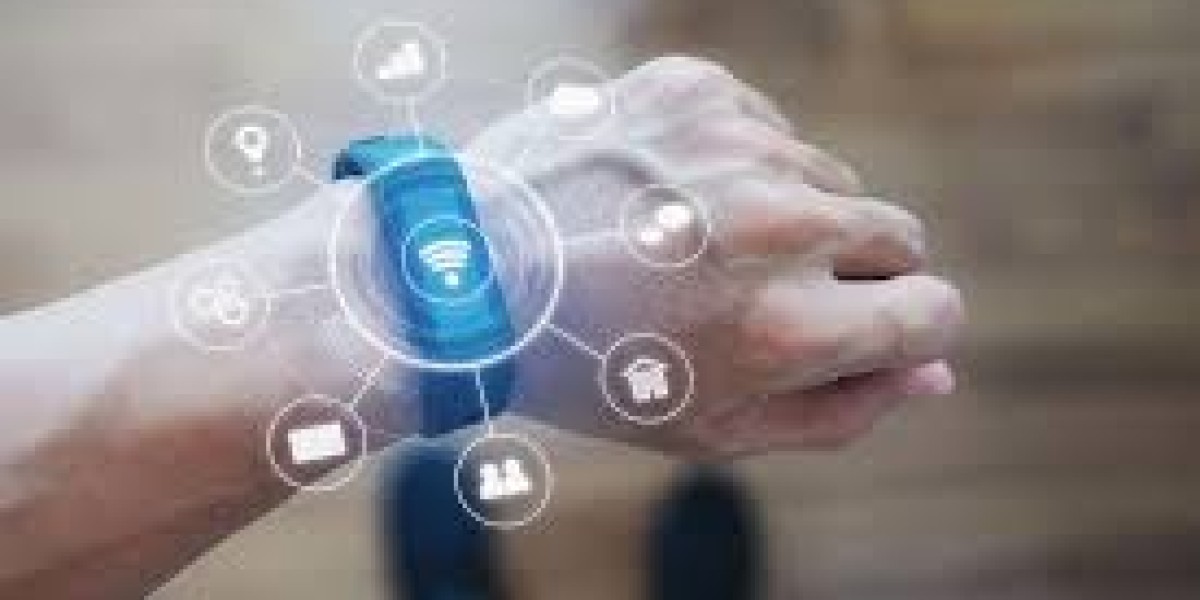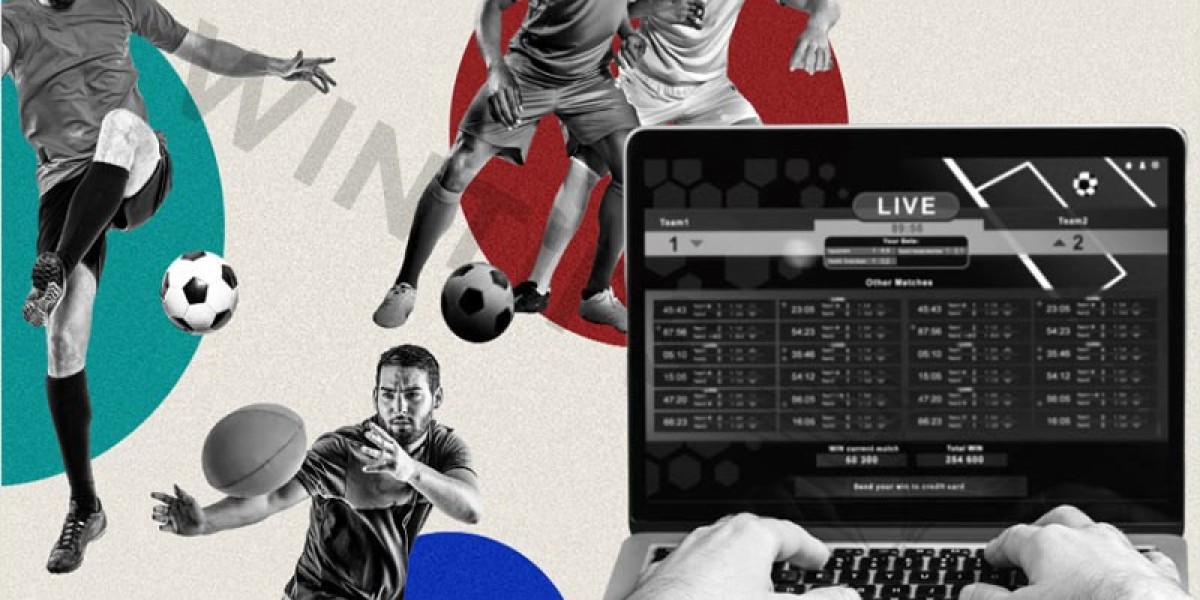In today’s fast-paced digital world, wearable technology is reshaping how we live, work, and stay healthy. From tracking our heart rates to enhancing our reality through smart glasses, wearables are no longer futuristic concepts—they are part of our daily routine.
Whether it’s a smartwatch buzzing with reminders, a fitness band tracking steps, or advanced medical wearables monitoring vital signs, this technology has grown beyond novelty into necessity. This blog explores what wearable technology is, its key types, applications, benefits, challenges, and what the future holds.
What Is Wearable Technology?
Wearable technology refers to electronic devices that are worn on or integrated into the body. These devices are typically equipped with sensors, connectivity (like Bluetooth or Wi-Fi), and processing capabilities, allowing them to collect, analyze, and transmit data in real time.
Unlike smartphones or laptops that require direct interaction, wearables operate passively or semi-autonomously to enhance daily life—whether through health monitoring, communication, entertainment, or productivity.
Popular Types of Wearable Devices
1. Smartwatches
Smartwatches such as the Apple Watch, Samsung Galaxy Watch, and Garmin models combine timekeeping with features like fitness tracking, phone notifications, heart rate monitoring, and even ECG scans.
2. Fitness Trackers
Wearables like Fitbit and Xiaomi Mi Band are designed to monitor steps, sleep patterns, calorie burn, and physical activity. They are popular among people focused on health and fitness goals.
3. Wearable Medical Devices
These include continuous glucose monitors, portable ECG devices, and smart patches for chronic disease management. They provide real-time health data and improve remote patient monitoring.
4. Smart Glasses and Headsets
Devices like Meta’s AR glasses, Microsoft HoloLens, and Google Glass offer augmented reality (AR) experiences, heads-up displays, and hands-free control, useful in industries like healthcare, construction, and logistics.
5. Smart Clothing
Garments embedded with sensors, like biometric shirts and posture-correcting smart vests, are gaining popularity in both sports performance and wellness.
Key Applications of Wearable Technology
1. Healthcare
Wearables have transformed healthcare by enabling remote monitoring, early diagnosis, and chronic disease management. For instance, heart patients can use wearables to detect irregular rhythms, while diabetics monitor glucose levels without pricking their fingers.
2. Fitness and Wellness
Fitness bands and smartwatches help individuals maintain a healthy lifestyle. They provide motivation through activity tracking, calorie counters, goal setting, and personalized health insights.
3. Workplace Productivity
Industries use wearables to improve worker safety and efficiency. Smart helmets and AR glasses provide instructions in real time, reducing downtime and errors. Logistics workers often wear scanners on their wrists for hands-free inventory management.
4. Sports Performance
Athletes use wearables to optimize training through heart rate zones, oxygen levels, and fatigue monitoring. Teams use this data to tailor workouts and prevent injuries.
5. Entertainment and AR/VR
Virtual Reality (VR) headsets and smart glasses offer immersive experiences in gaming, virtual meetings, and content consumption.
Benefits of Wearable Technology
Real-Time Monitoring: Wearables provide instant feedback on health and activity, leading to proactive decision-making.
Convenience: Notifications, voice assistants, and health alerts are easily accessible without checking a phone.
Personalization: Devices offer tailored insights and recommendations based on user behavior.
Preventive Health Care: Constant tracking helps detect potential health issues early.
Improved Productivity: Workers equipped with wearables can perform tasks faster and more accurately.
Challenges and Concerns
Despite rapid growth, wearable technology faces several challenges:
Privacy and Data Security: Wearables collect sensitive health and personal data. Ensuring secure data storage and handling is crucial.
Battery Life: High-functioning wearables often require daily charging, which can hinder usability.
Accuracy and Reliability: Inaccurate readings or sensor failures can lead to mistrust or incorrect self-diagnosis.
Cost and Accessibility: Advanced devices may be too expensive for widespread adoption.
User Engagement: Many users stop using wearables after a few months due to novelty wearing off or discomfort.
Future of Wearable Technology
The future of wearables looks promising, with innovations aimed at greater integration, comfort, and intelligence. Here are a few trends to watch:
AI-Powered Wearables: Artificial intelligence will enhance personalization, predict health events, and recommend actions.
Flexible and Smart Fabrics: Clothing embedded with sensors will provide health insights without feeling like tech.
Emotion-Sensing Devices: Future wearables will track mood, stress, and mental health.
Self-Charging Technology: Energy harvesting through body heat or motion may reduce dependency on charging.
Implantable Devices: The next generation of wearables may be embedded within the body for continuous health tracking.
Conclusion
Wearable technology is no longer limited to tech-savvy early adopters—it’s becoming an essential part of modern life. With real-time insights, improved health tracking, and increased connectivity, these devices are empowering individuals and organizations to be more proactive, informed, and efficient.
As the technology becomes more accessible and smarter, wearables will continue to blur the line between humans and machines, ushering in a future where health, productivity, and convenience are seamlessly integrated into everything we wear.
Wantstats is a premium platform that provides unparalleled data and statistics across 30000 markets and 100 countries in both B2B and B2C segments. Designed to fit the needs of industry stakeholders, associations, libraries, students and many more looking for statistics.







